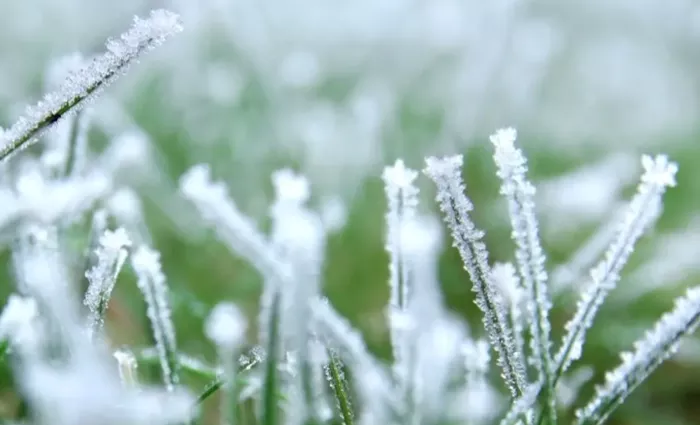Chicago Prepares for First Frost: Gardeners Advised to Act.
Chicago, IL — As cooler temperatures settle in and fall arrives, gardeners in Chicago should prepare for the end of their ornamental plants and produce gardens. The key date to remember is November 1, the average date of the first fall frost in the area, according to The Old Farmer’s Almanac.
The Almanac provides a ZIP-code search tool that helps gardeners determine when frost is likely to affect their plants. A light freeze, with temperatures between 29 and 32 degrees Fahrenheit, can kill tender plants. Moderate freezes, occurring at 25 to 28 degrees, cause more damage, while severe freezes, at 24 degrees or lower, are usually fatal for most garden plants.
Despite this, the National Oceanic and Atmospheric Administration (NOAA) reports that this year has been the fourth-hottest summer on record in the United States. Warm temperatures may continue into fall, with NOAA’s National Weather Service predicting a warmer-than-average fall for most of the country, including Illinois.
This extended warmth could give ornamental plants a few extra weeks of life. However, as the average first frost date approaches, gardeners should stay informed through local weather forecasts and freeze advisories.
The first frost date is based on historical climate data from NOAA’s National Centers for Environmental Information. There is about a 30 percent chance of frost occurring before this average date.
To extend the life of plants, gardeners should protect them when temperatures drop into the frost-danger zone. Early fall favorites like pumpkins, tomatoes, sweet corn, and watermelon can suffer damage at temperatures as high as 33 degrees.
To shield plants from frost, cover them with a blanket, bedsheet, or row cover. Drape the covering loosely over the plants and secure it with bricks or rocks.
If frost is imminent, harvest as many vegetables as possible. While some fruits, like tomatoes and cantaloupe, will continue to ripen after being picked, others, like bell peppers and eggplants, need to mature on the vine.
For those who have invested in tropical plants like hibiscus, Boston ferns, and geraniums, moving them indoors before the first frost is advisable. Ensure these plants receive ample light and humidity, avoid placing them near heat ducts, and consider using artificial light if necessary. Check for pests like aphids and treat them with a 1 percent solution of Dawn dish soap—mix 2½ tablespoons of detergent with 1 gallon of water.
Additionally, bulbs, tubers, and corms such as cannas, dahlias, and some lilies can be stored in a cool, dark place like a basement for the winter. Cut back the foliage, gently dig up the bulbs, and store the dried roots in a cool, dark location.
For more advice, The Old Farmer’s Almanac offers additional tips and a vegetable-specific guide to frost dates.


